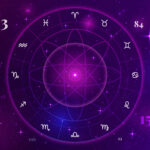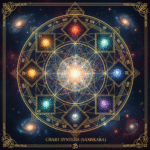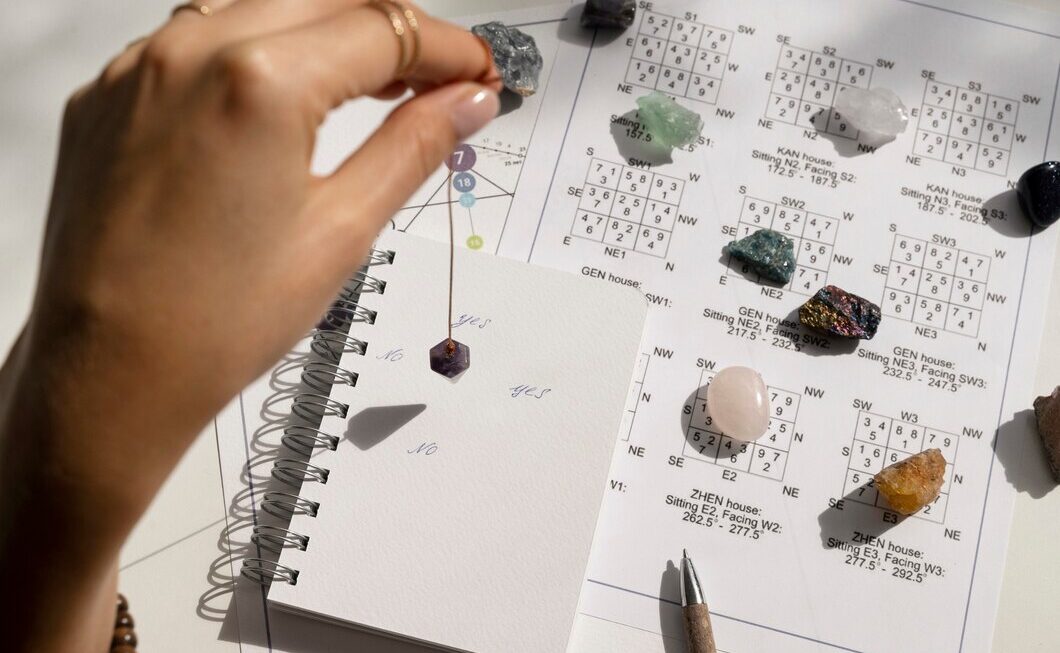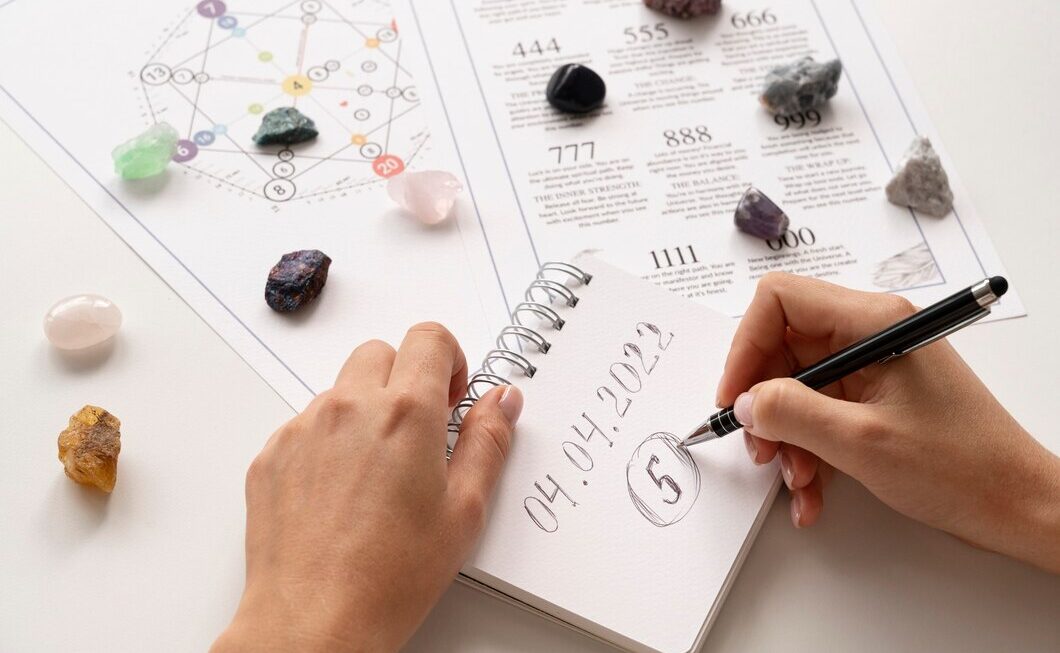The Natal Chart (Janma Kundali) is your lifelong map; it guides your overall journey and potential. But when you are standing at a critical crossroads, needing immediate, decisive guidance—a “Yes” or a “No”—you reach for the specialized tool: Prashna Vedic Astrology. Discover when use Prashna Astrology to get instant insights and answers during uncertain times or when your birth details are unavailable.
Prashna is used when the intensity of the moment demands a focused, specific, and tactical answer. It is the most powerful method for cutting through the noise and confusion of a pressing situation.
Key Scenarios: The Perfect Time to Use Prashna
The application of Prashna, often called horary application or prashna application, is reserved for situations where three conditions are met: Urgency, Specificity, and Uncertainty.
1. The Absence of Accurate Birth Details
This is the most fundamental reason to utilize Prashna.
- Scenario: A client does not know their precise time of birth, or the time is highly questionable (e.g., a rounded ‘midnight’ or ‘noon’ from a non-verified source).
- Why Prashna Works: The entire system of Prashna bypasses the need for the querent’s birth data. It generates a chart based on the universal moment of the question itself, making it a reliable alternative when a birth chart is unavailable or suspect.
2. Tactical Decisions and Immediate Outcomes (Prashna Timing)
When the answer directly impacts a time-sensitive choice, Prashna is the master tool.
| Area of Life | The Question | Why Prashna is Necessary |
| Career & Business | “Will I get the job I interviewed for yesterday?” | The natal chart says you are in a good career Dasha, but Prashna determines the immediate outcome of this specific opportunity. |
| Finance & Investment | “Should I invest in this stock/property today?” | Provides a sharp, immediate prediction on the success or failure of a particular transaction, focusing on the 2nd (wealth) or 11th (gains) houses. |
| Relationships | “Is the person I just met my future spouse?” | While the natal chart shows compatibility potential, Prashna gives an answer on the viability of the current union, assessing the 7th Lord’s strength now. |
| Health & Recovery | “Will this specific surgery be successful, or should I wait?” | Focuses narrowly on the 6th (disease) and 8th (longevity/surgery) houses to determine immediate prognosis and the success of a course of action. |
3. Locating the Lost or Missing (The Detective’s Chart)
Prashna excels in questions of physical presence and location, which is a classic horary application.
- Lost Objects: By analyzing the Moon’s placement and the house rulers related to possessions (2nd), home (4th), or journey (3rd/9th), Prashna can often reveal not just if the object will be found, but also its likely direction and distance from the querent.
- Missing Persons: This highly complex application uses the 7th House for the missing person (the ‘Quesited’) and their ruling planet’s house placement to predict their safety and direction of travel.
The Underlying Principle: When the Question is ‘Born’
The crucial prashna timing is not just about the clock; it’s about the emotional and mental state of the querent.
The Birth of the Question (Opinion)
Prashna should be used only when the question has achieved a state of critical, sincere urgency in the querent’s mind—the moment of its ‘birth.’
The Reason: Honoring the Cosmic Snapshot
If a question is asked frivolously, merely to ‘test’ the astrologer, the cosmic energy reflected in the Prashna chart will be weak, ambiguous, or deceptive. The moment the astrologer hears and comprehends a genuine, sincere query, the celestial forces are perfectly aligned to give a true answer. This sincerity is what locks the question into the cosmic moment.
Crucial Rule: If you ask the same question repeatedly within a short timeframe (e.g., “Will I get the job?” every morning for a week), only the chart for the first genuinely urgent inquiry is considered valid. Subsequent charts reflect the instability of the querent’s mind, not the destiny of the question.
Example: Analyzing the Ascendant (Lagna)
In Prashna, the rising sign (Lagna) at the moment of the query itself can signal validity.
- If the Lagna is near the very beginning or end of a sign (e.g., 0° or 29°), it often means the time is too early or too late for an answer, advising the querent to wait or acknowledging that the issue is already resolved.
- The condition of the 1st Lord (The Querent) in a horary vs. natal chart comparison is entirely different. In the Prashna, a strong 1st Lord immediately suggests the querent has the power or luck to succeed, regardless of the question’s difficulty.
The Three Forbidden Uses of Prashna
While Prashna is powerful, a senior practitioner understands its boundaries. It should generally not be used for:
- General Life Analysis: Never ask, “What will my life be like?” That is the job of the Natal Chart. Prashna is too specific for broad, lifelong themes.
- Frivolous or Trivial Questions: Asking about minor daily uncertainties (e.g., “Should I wear blue or green?”) disrespects the divine intensity of the system and will yield unclear results.
- Testing the Astrologer: Asking a question whose answer is already known (the prashna difference requires genuine uncertainty) violates the rule of sincerity and invalidates the chart.
Opinion/Restatement: Therefore, the highest purpose of Prashna is to provide immediate, actionable clarity during moments of genuine uncertainty, acting as the perfect complement to the Natal Chart’s grand design by illuminating the path of the ‘now.’











